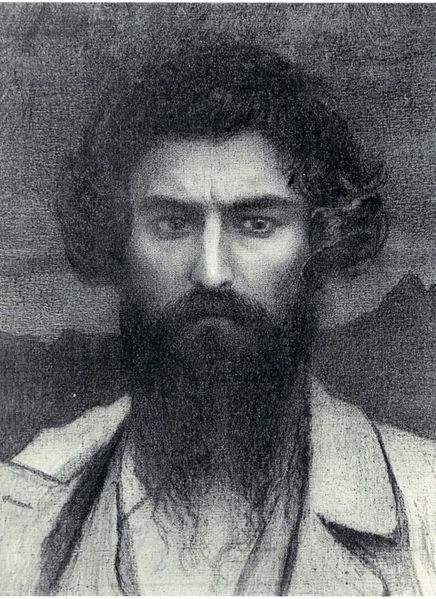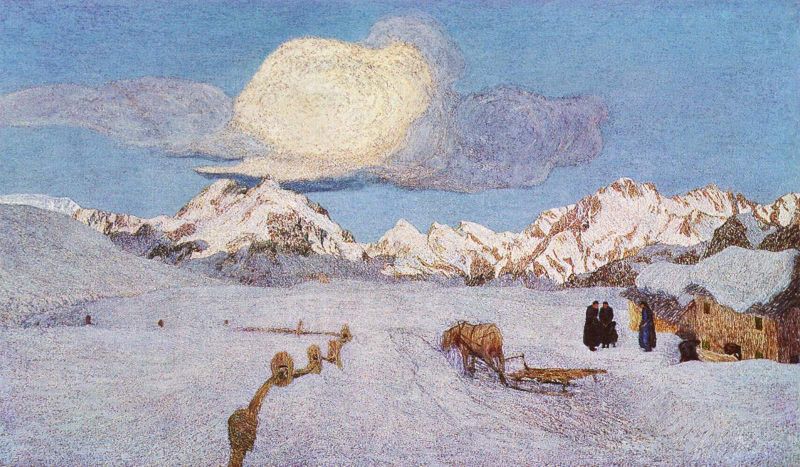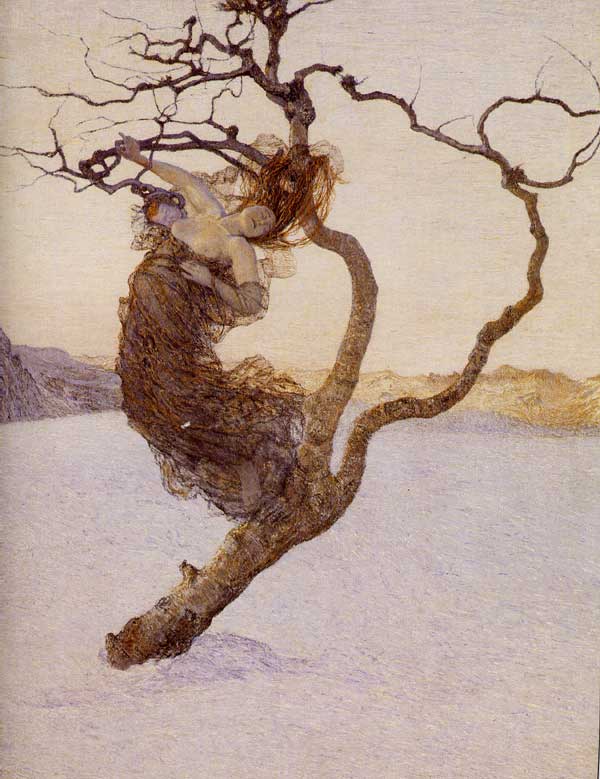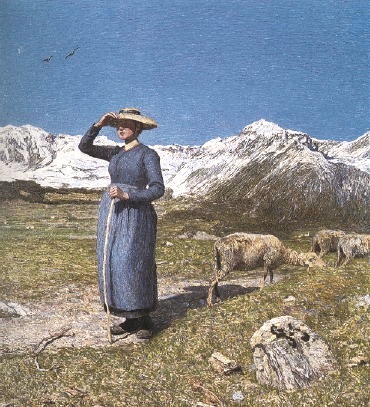Giovanni Segantini (1858 – 1899)
Get a Segantini Certificate of Authenticity for your painting (COA) for your Segantini drawing.
For all your Segantini artworks you need a Certificate of Authenticity (COA) in order to sell, to insure or to donate for a tax deduction.
Getting a Segantini Certificate of Authenticity (COA) is easy. Just send us photos and dimensions and tell us what you know about the origin or history of your Segantini painting or drawing.
If you want to sell your Segantini painting or drawing use our selling services. We offer Segantini selling help, selling advice, private treaty sales and full brokerage.
We have been authenticating Segantini and issuing certificates of authenticity since 2002. We are recognized Segantini experts and Segantini certified appraisers. We issue COAs and appraisals for all Segantini artworks.
Our Segantini paintings and drawings authentications are accepted and respected worldwide.
Each COA is backed by in-depth research and analysis authentication reports.
The Segantini certificates of authenticity we issue are based on solid, reliable and fully referenced art investigations, authentication research, analytical work and forensic studies.
We are available to examine your Segantini painting or drawing anywhere in the world.
You will generally receive your certificates of authenticity and authentication report within two weeks. Some complicated cases with difficult to research Segantini paintings or drawings take longer.
Our clients include Segantini collectors, investors, tax authorities, insurance adjusters, appraisers, valuers, auctioneers, Federal agencies and many law firms.
We perform Giovanni Segantini art authentication, appraisal, certificates of authenticity (COA), analysis, research, scientific tests, full art authentications. We will help you sell your Giovanni Segantini or we will sell it for you.

Giovanni Segantini was an Italian painter. He was born at Arco in the Trentino. His mother, who died in 1863, came from an old mountain family. His father, a commoner, left for Milan, to seek his fortune with another son, leaving Segantini behind. At age seven he ran away and was later found perishing of cold and hunger; he began to earn his bread by herding flocks in the hills and there he spent his long hours of solitude in drawing.

As news of his fame reached the ears of a syndic, Segantini was sent back to Milan; unable to endure domestic life, he soon escaped again, and led the life of wanderer until, at Arco, he met up with his half-brother, who offered him the job of cashier in his grocery store. After more flights and more returns, Segantini finally settled in Milan to attend classes at the Brera. In Milan he was able to earn a living by teaching art and painting portraits.

His first picture, The Choir of Sant Antonio, was noticed for its powerful quality. After painting this, however, he shook himself free by degrees of academical teaching, as in his picture The Ship. He subsequently painted The Falconer and The Dead Hero, and then settled in Brianza, near Como. There he gave himself up to the study of mountain life, and became in truth the painter of the Alps.

At this time he painted the Ave Maria, which took a gold medal at the Amsterdam Exhibition (1883), Mothers, After a Storm in the Alps, A Kiss, and Moonlight Effect. Deeply impressed by Millet, the artist nevertheless quickly strove to reassert his individuality, as may be seen in “The Drinking-place,” which gained a gold medal in Paris (1889), In the Sheep-fold, By the Spinning-wheel, and Ploughing in the Engadine, for which he was awarded a gold medal at the Turin Exhibition (1892).

Besides those works in which he studied simple effects of light and Alpine scenery, such as Midday on the Alps and Winter at Savognino, he also painted symbolical subjects: The Punishment of Luxury, and the Unnatural Mothers (in the Walker Art Gallery, Liverpool). Segantini died at Maloja in October 1899 while working on his famous piece Alpentriptychon. An exhibition of his works was held in London, and afterwards at Brussels in 1899, and at Milan in 1900.

Still wondering about an Italian painting in your family collection? Contact us…it could be by Giovanni Segantini.
Reviews
1,217 global ratings
5 Star
4 Star
3 Star
2 Star
1 Star
Your evaluation is very important to us. Thank you.
